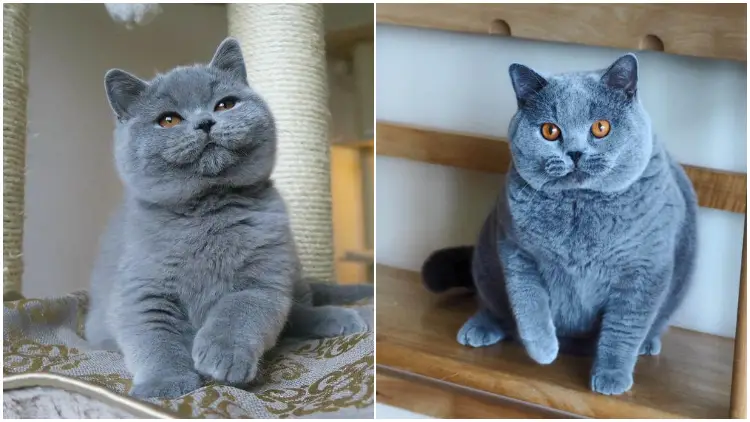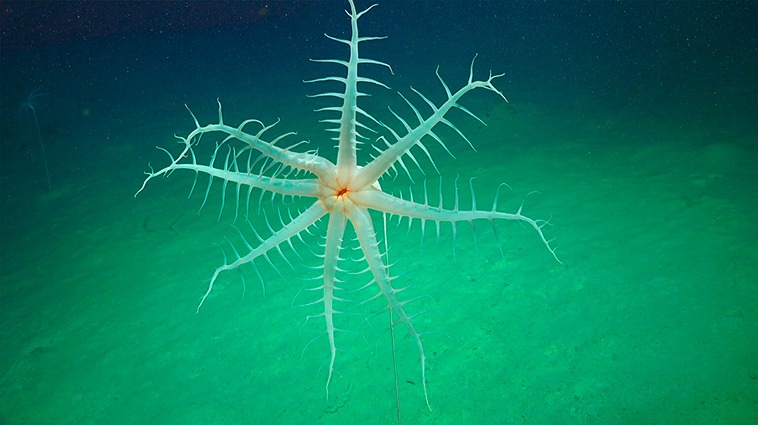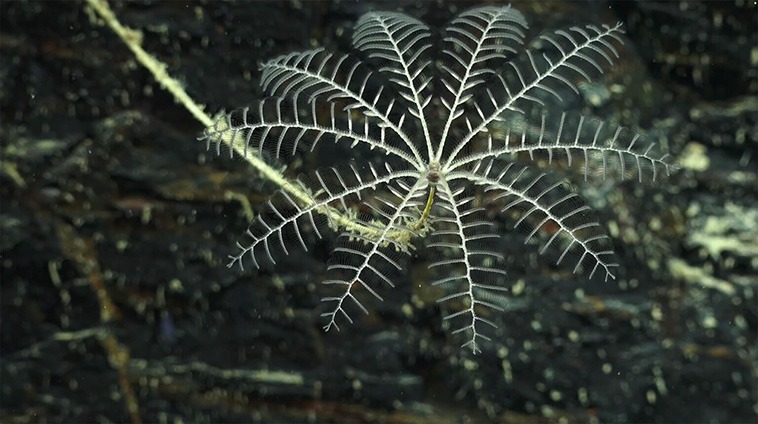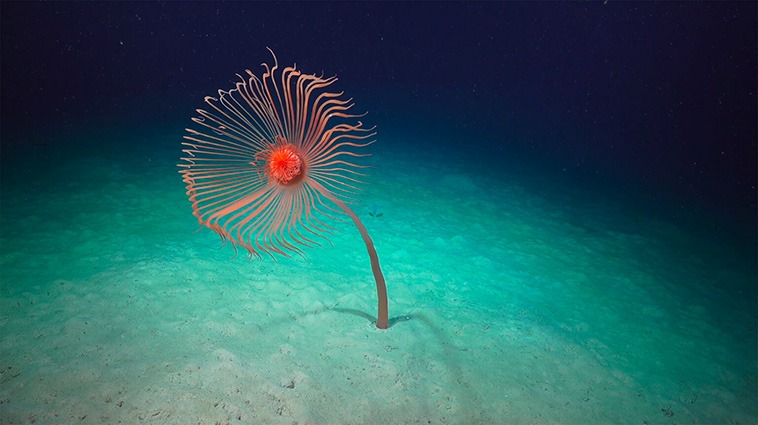ANIMALS
Grumpy Faces of The Blue British Shorthair, Known As The Cutest Teddy Bears in The Cat Kingdom, Will Surely Warm Your Heart

Prepare to be amazed by the unusual feline we’re about to introduce you to – a blue British Shorthair. Cats are beloved pets for people worldwide due to their charming and adorable nature, with diverse breeds showcasing various colors and shapes. However, if you’ve never seen a blue cat before, this one is sure to catch your attention. Get ready to be charmed by the cutest teddy bear of the cat kingdom, with its grumpy face that will surely melt your heart.
 Image source: Blue Mighty Dragon: British Shorthai
Image source: Blue Mighty Dragon: British Shorthai
The Blue British Shorthair is a member of the British Shorthair breed, which dates back to the first century AD and is considered one of the oldest identifiable cat breeds. In ancient times, they were raised by the Romans to keep their camps free of snakes, mice, and insects.
 Image source: SeoulFeminist
Image source: SeoulFeminist
Male cats of this breed typically weigh between 9 to 17 pounds, while females weigh between 7 and 12 pounds. British Shorthairs are considered medium to large-sized cats, and they take up to 3 years to reach their maximum size. Additionally, these cats are known to have a long lifespan, with the potential to live up to 20 years, as they are not prone to the breed-specific health problems seen in other pedigree lines.
 Image source: Richard Ainsworth
Image source: Richard Ainsworth
 Image source: Coconut and Family
Image source: Coconut and Family
The British Shorthair cats are recognized for their thick, short fur that is typically found in a deep blue-gray color. However, after World War II, the breed was crossbred with domestic shorthairs, long-haired Persians, and Russian blue cats to maintain its pedigree, resulting in a variety of coat colors including lilac, white, chocolate, black, and white gray. You’ll be amazed at how stunning the blue coat is!
 Image source: jaxxyall
Image source: jaxxyall
 Image source: Scotland
Image source: Scotland
 Image source: Scotland
Image source: Scotland
These shorthair cats are not only diverse in fur colors but also have a variety of eye colors. The most common eye color in these teddy bear-like felines is a deep set of orange eyes. Additionally, their eyes can be stunning shades of sapphire blue, gold, green, blue-green, hazel, or copper, which add to their surreal appearance resembling that of an adorable teddy bear.
 Image source: BasedOnAir
Image source: BasedOnAir
 Image source: Teddy Brits – British Shorthair
Image source: Teddy Brits – British Shorthair
Despite their adorable appearance, these cats are not fond of being held or cuddled. They have a laid-back and relaxed personality, enjoying spending their free time lounging around or playing with toys. They are not known for jumping on counters or climbing curtains, and would rather spend the day napping while their owners are away at work.
 Image source: SupermodelCats
Image source: SupermodelCats
Although they are not fans of being held and cuddled, British Shorthair cats enjoy being in the company of humans. Upon your arrival home, you’ll notice that this little feline will be following you from one room to the next, staying by your side. They enjoy spending time with their owners, but make sure to respect their personal space.
 Image source: Smiling Brits Cattery
Image source: Smiling Brits Cattery
 Image source: Smiling Brits Cattery
Image source: Smiling Brits Cattery
It’s no surprise that Blue British Shorthair cats have captured the hearts of pet lovers worldwide. These adorable felines are not only calm and healthy but also make wonderful companions for both individuals and families alike. With their loving and affectionate nature, British Blues are guaranteed to bring joy to their owners’ lives. So if you’re thinking of getting a pet, why not consider adding a British Blue to your family?
ANIMALS
Amazing Video of Unseen Ocean Creatures in the Ningaloo Canyons

The Schmidt Ocean Institute recently explored the Ningaloo Canyons on the western coast of Australia using a robotic underwater vehicle called the ROV Sebastian. Check out the amazing video of what they discovered in the deep parts of the Indian Ocean.
More info: Youtube




ANIMALS
These Pics Are Art and the Artists Are Insects

Flying insects move so quickly that they are hard to follow, but new technology and some smart ideas have helped Spanish photographer Xavi Bou do just that. After spending 10 years focusing on birds in flight for his Ornithographies project, he turned his attention to insects.
For Entomographies, he uses high-speed video footage taken by Adrian Smith, an insect expert at North Carolina State University, to study and record how insects move. Bou then picks multiple frames and combines them into single images that show the fast movements of one or more insects through space and time.
With Smith’s help, Bou has captured the aerial tricks of wasps, the jumps of leafhoppers, and the fluttering of butterflies in amazing detail. He hopes that by doing this, he can make people more aware of the decline in important insect populations around the world.
1. Zebra longwing
This butterfly, which is common in many areas of the Americas, really fits its name. It can fly very high with just a few flaps of its large wings.
 Image source: nationalgeographic
Image source: nationalgeographic
2. Two-lined spittlebug
This insect, which comes from the eastern United States, is often seen as a pest because it likes to eat grass. Its springy back legs can make it jump into the air like a rocket.
 Image source: nationalgeographic
Image source: nationalgeographic
3. Yellow-collared scape moth
Unlike most moths, this North American species flies during the day. Its shiny blue-black wings sparkle in the sunlight.
 Image source: nationalgeographic
Image source: nationalgeographic
4. Ailanthus webworm moths
These tropical moths have spread farther north in the U.S. Because of their larval host, the invasive tree of heaven, they are now one of the most common backyard moths in the country.
 Image source: nationalgeographic
Image source: nationalgeographic
5. Common stonefly
Mostly found in eastern North America, this insect starts its life as an underwater nymph in forested streams or rivers. Then it leaves the water, sheds its skin, and becomes an adult with wings.
 Image source: nationalgeographic
Image source: nationalgeographic
6. Green lacewings
Eighty-seven species of this insect have been found in the U.S. and Canada. Since they eat a lot of unwanted plant pests like aphids and mites, they are often used to naturally control these pests.
 Image source: nationalgeographic
Image source: nationalgeographic
7. Grapevine beetle
This insect, fittingly named, eats the leaves and fruit of grapevines, both wild and farmed, but it doesn’t do much damage to the plants. As a type of scarab beetle, it often flies in a curved path.
 Image source: nationalgeographic
Image source: nationalgeographic
8. Oak treehopper and green treehopper
Treehoppers are known for their uniquely shaped pronotum, the part behind their head, which often looks like plant parts to hide from predators. They can jump well thanks to special muscles.
 Image source: nationalgeographic
Image source: nationalgeographic
9. Banded orange
This brightly colored butterfly can be found from Mexico to Brazil. Before mating season, male butterflies look for mineral salts, sometimes even drinking salty fluids from the skin, eyes, and nostrils of other animals.
 Image source: nationalgeographic
Image source: nationalgeographic
10. Sapho longwing
Longwings can live for 6 to 7 months, longer than most butterflies. This type, found from Mexico to Ecuador, has shiny blue wings, which is why it’s also called the Sapphire longwing.
 Image source: nationalgeographic
Image source: nationalgeographic
ANIMALS
Eagle and Fox in an Epic Midair Battle Over a Rabbit, Were Captured by a Photographer

Wildlife photography often depends on the perfect combination of good timing and the right place.
That’s exactly what happened when Kevin Ebi, an experienced wildlife photographer, captured an incredible battle between a bald eagle and a red fox, both competing for a rabbit meal.
In a detailed blog post, Ebi shares the fascinating series of events that unfolded while he was photographing foxes in San Juan Island National Historical Park, located in Washington state.
Ebi noticed a lively group of eight fox kits as they began their hunting lessons. Suddenly, they spotted a rabbit, and a thrilling chase ensued. Eventually, one of the foxes emerged as the winner, proudly carrying the rabbit across the field.
 Image source: Kevin Ebi
Image source: Kevin Ebi
Ebi shares what happened at that moment: “As I followed the fox with my camera, a sudden bald eagle cry caught my attention. It was swiftly approaching, clearly aiming for the rabbit. I quickly focused on the fox, anticipating a quick turnover of events.”
To Ebi’s astonishment, instead of a quick surrender, the situation turned into a intense fight in the air.
The eagle used its power to lift the fox and rabbit high up in the sky. Even while airborne, the fox attempted to break free by swinging back and forth.
 Image source: Kevin Ebi
Image source: Kevin Ebi
 Image source: Kevin Ebi
Image source: Kevin Ebi
 Image source: Kevin Ebi
Image source: Kevin Ebi
In the end, the eagle moved the rabbit to its other claw, causing the fox to let go. The intense battle came to an end in less than 10 seconds.
 Image source: Kevin Ebi
Image source: Kevin Ebi
For those worried about the fox’s well-being after the fight, Ebi reassures that it was not injured. The fox swiftly bounced back from the encounter and resumed its playful behavior with the other young foxes, showing no visible wounds from the aerial clash.
 Image source: Kevin Ebi
Image source: Kevin Ebi
 Image source: Kevin Ebi
Image source: Kevin Ebi
 Image source: Kevin Ebi
Image source: Kevin Ebi
 Image source: Kevin Ebi
Image source: Kevin Ebi
-

 GARDEN10 tháng ago
GARDEN10 tháng ago15 Houseplants That Grow Well in Vases with Water
-

 FUNNY1 năm ago
FUNNY1 năm ago20 Funny Grammar Fails That Will Make You Laugh All Day
-

 GARDEN1 năm ago
GARDEN1 năm ago4 Easiest Ways to Get Free Plants
-

 FUNNY1 năm ago
FUNNY1 năm ago30 Funny and Perplexing Photos That Make You Laugh All Day
-

 GARDEN11 tháng ago
GARDEN11 tháng ago30 Shimmering Side Yard Landscape Ideas
-

 ANIMALS1 năm ago
ANIMALS1 năm agoBritish Angler Caught Huge 67-Pound Goldfish in the World
-

 FUNNY1 năm ago
FUNNY1 năm ago30 Weirdest Things That People Came Across On The Subway
-

 ANIMALS1 năm ago
ANIMALS1 năm agoMore Than 3 Million People Baffled by Video of Strange Figure on the Beach




